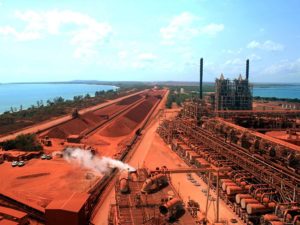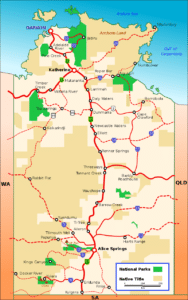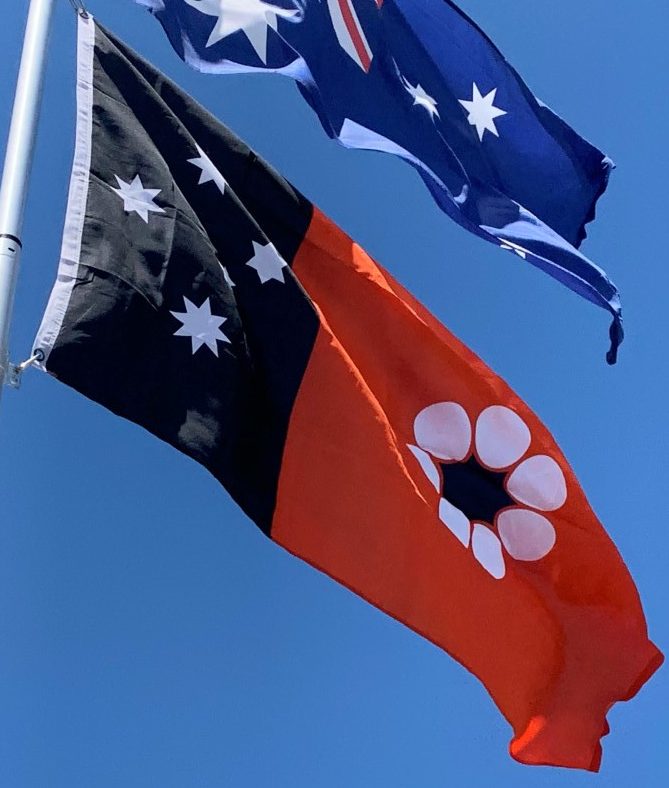In recent years, largely due to the effect of major infrastructure projects and mine expansions, construction has overtaken mining as the largest single industry in the territory. Construction, mining and manufacturing, and government and community services, combine to account for about half of the territory’s gross state product (GSP), compared to about a third of national gross domestic product (GDP).
The economy has grown considerably over the past decade, from a value of $15 billion in 2004–05 to over $22 billion in 2014–15. In 2012–13 the territory economy expanded by 5.6%, over twice the level of national growth, and in 2014–15 it grew by 10.5%, four times the national growth rate.
Gross state product per capita in the Northern Territory ($72,496) is higher than any Australian state or territory and is also higher than the gross domestic product per capita for Australia ($54,606).
The Northern Territory’s exports were up 12.9% or $681 million in 2012–13. The largest contributor to the territory’s exports was: mineral fuels (largely LNG), crude materials (mainly mineral ores) and food and live animals (primarily live cattle). The main international markets for territory exports are Japan, China, Indonesia, the United States and Korea.
The principal mining operations are bauxite at Gove Peninsula where the production is estimated to increase 52.1% to $254 million in 2007–08, manganese at Groote Eylandt, production is estimated to increase 10.5% to $1.1 billion which will be helped by the newly developed mines include Bootu Creek and Frances Creek, gold which is estimated to increase 21.7 per cent to $672 million at the Union Reefs plant and uranium at Ranger Uranium Mine.

Tourism is an important economic driver for the territory and a significant industry in regional areas. Iconic destinations such as Uluru and Kakadu make the Northern Territory a popular destination for domestic and international travelers. Diverse landscapes, waterfalls, wide open spaces, aboriginal culture and wild and untamed wildlife provides the opportunity for visitors to immerse themselves in the natural wonder that the Northern Territory offers. In 2015, the territory received a total of about 1.6 million domestic and international visitors contributing an estimated $2.0 billion to the local economy. Holiday visitors made up the majority of total visitation (about 792,000 visitors).
Tourism has strong links to other sectors in the economy including accommodation and food services, retail trade, recreation and culture, and transport.
Transportation:
The NT has a connected network of sealed roads, including two National Highways, linking with adjoining States and connecting the major Territory population centers, and other important centers such as Uluru (Ayers Rock), Kakadu and Litchfield National Parks. The Stuart Highway, once known as “The Track”, runs north to south, connecting Darwin and Alice Springs to Adelaide. Some of the sealed roads are single lane bitumen. Many unsealed (dirt) roads connect the more remote settlements.

The Adelaide–Darwin railway, a new standard gauge railway, connects Adelaide via Alice Springs with Darwin, replacing earlier narrow gauge railways which had a gap between Alice Springs and Birdum. The Ghan passenger train runs from Darwin to Adelaide, stopping at Katherine, Tennant Creek, Alice Springs and Kulgera in the NT.
